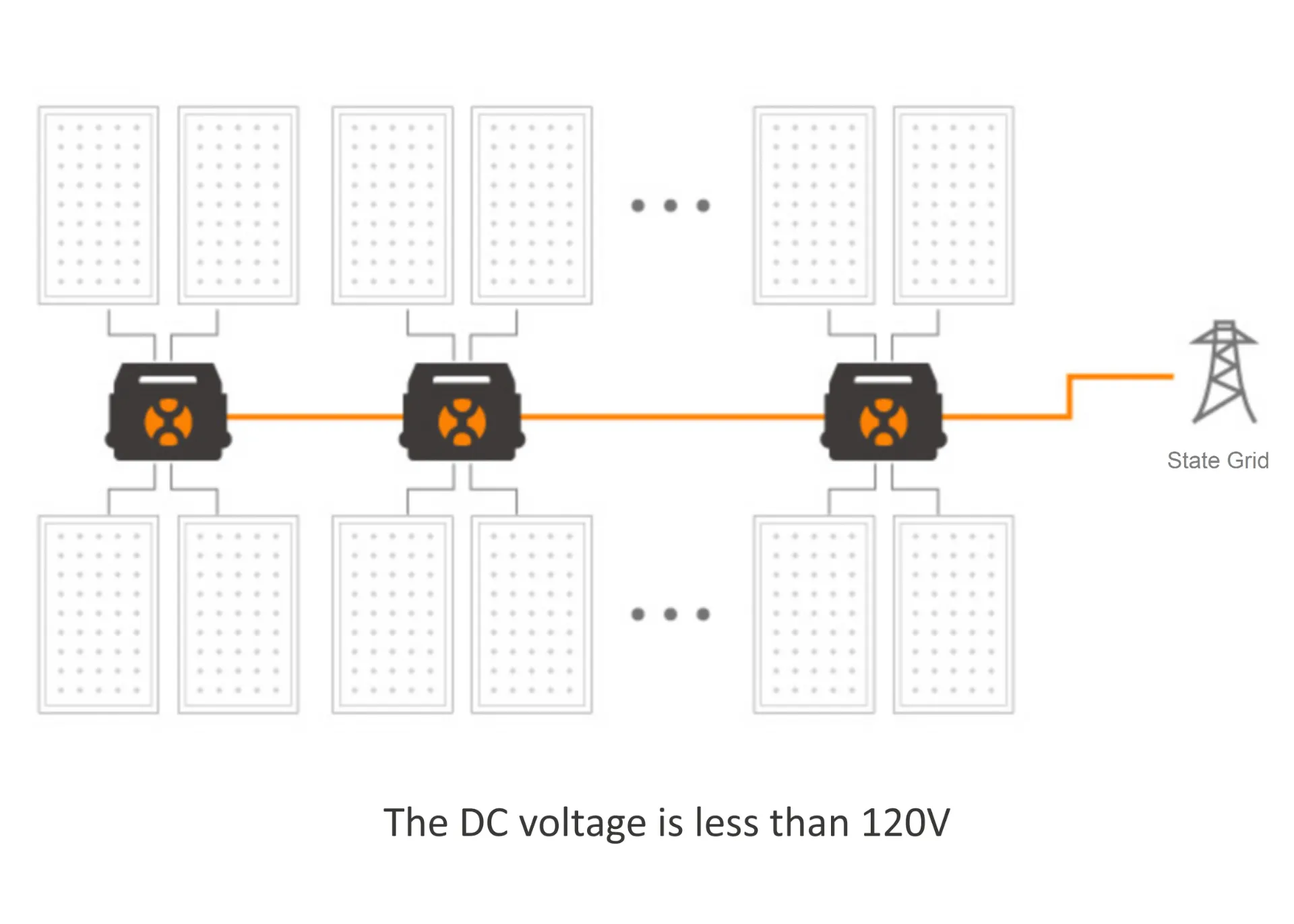Understanding the Various Sizes of Solar Panels Available for Your Needs
Understanding the Available Sizes of Solar Panels
In recent years, the adoption of solar energy has surged, with homeowners and businesses alike seeking sustainable and cost-effective energy solutions. One of the critical factors to consider when investing in solar technology is the size of the solar panels available in the market. The size of solar panels can significantly influence the overall efficiency, energy output, and spatial requirements of a solar installation. In this article, we’ll explore the various sizes of solar panels and how they can impact your solar energy system.
Standard Solar Panel Sizes
Solar panels typically come in several standard sizes
. The most common residential solar panel dimensions are 60-cell and 72-cell panels.1. 60-Cell Panels These panels are typically about 65 inches by 39 inches and are designed to produce approximately 250-300 watts of power. Their compact size makes them an ideal choice for residential installations where space may be limited, such as on rooftops.
2. 72-Cell Panels Larger than their 60-cell counterparts, 72-cell panels measure around 77 inches by 39 inches and are designed to produce around 300-400 watts. They are more commonly found in commercial installations that provide significant energy outputs and have more available space for installation.
It is important to note that the power output of solar panels can vary based on their efficiency ratings. Higher efficiency panels, like those that use monocrystalline technology, might be smaller while still generating more power compared to less efficient polycrystalline panels.
Size Considerations for Installation
solar panel available sizes

When selecting solar panels, the size of the panels plays a crucial role in determining how many panels can fit on your roof or in your designated installation area. This is particularly important for homeowners with limited roof space. A solar panel installation must be carefully planned to maximize sunlight exposure, ensuring that the system operates at peak performance.
Larger solar panels can produce more energy but require more space. Conversely, smaller panels can fit in tighter areas, but you may need to install more of them to achieve the same energy output. Additionally, the tilt and orientation of the panels, as well as any shading from trees or buildings, can impact how much energy each panel generates.
Flexibility in Design
One of the compelling aspects of solar panel sizes is the flexibility it provides in system design. For example, if you have a small roof space, a combination of different panel sizes can be utilized to optimize energy production. This adaptability allows homeowners to find a balance between size, efficiency, and available space.
Moreover, many manufacturers offer custom sizes for specific scenarios, such as integrating solar technology into building materials (BIPV). This innovation allows for solar cells to be embedded within traditional roofing or building materials, enabling a seamless integration of renewable energy technology into new constructions.
Conclusion
Choosing the right size of solar panels is a critical aspect of designing an effective solar energy system. Understanding the available sizes and their respective outputs ensures that you can tailor a solar solution that meets your specific energy needs while fitting within your spatial limitations. As technology continues to advance, we can anticipate even more innovative and flexible solar panel options in the future, enhancing accessibility to solar power for everyone. As you consider making the switch to solar energy, take the time to evaluate your space, energy requirements, and the various sizes of solar panels available to make an informed decision.
-
Unlocking Energy Freedom with the Off Grid Solar InverterNewsJun.06,2025
-
Unlock More Solar Power with a High-Efficiency Bifacial Solar PanelNewsJun.06,2025
-
Power Your Future with High-Efficiency Monocrystalline Solar PanelsNewsJun.06,2025
-
Next-Gen Solar Power Starts with Micro Solar InvertersNewsJun.06,2025
-
Harnessing Peak Efficiency with the On Grid Solar InverterNewsJun.06,2025
-
Discover Unmatched Efficiency with the Latest String Solar InverterNewsJun.06,2025







